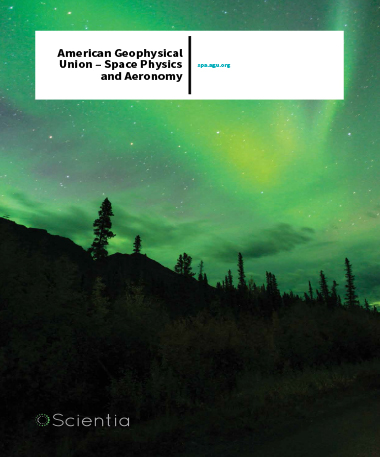American Geophysical Union – Space Physics And Aeronomy
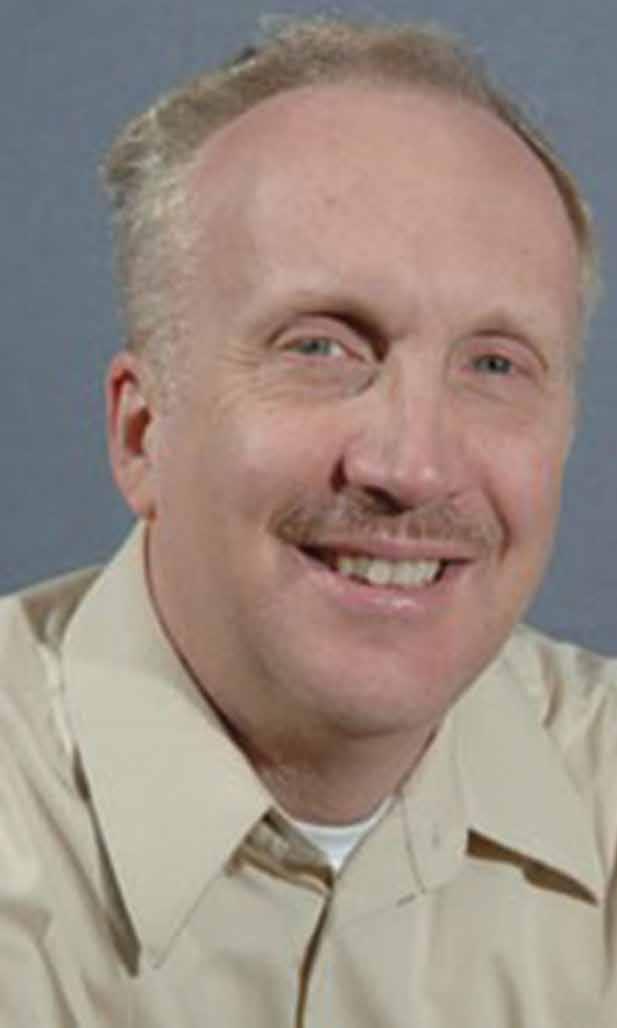 The Space Physics and Aeronomy (SPA) section of the American Geophysical Union (AGU) is the primary professional organisation for over 2800 scientists, engineers and space weather forecasters across the globe who are actively engaged in trying to understand and predict the physical processes linking the Sun’s interior to the Earth’s upper atmosphere. Addressing both problems of fundamental physics and those with societal consequences, the SPA section’s members study topics ranging from coronal mass ejections to geomagnetic storms, and from the hazardous Van Allen radiation belt to aurorae on Earth and other planets. The Executive Committee of the SPA section works within the AGU to organise meetings, award medals and prizes to students and more senior scientists, advocate SPA section science, engage the public, and enhance the already high quality of AGU publications.
The Space Physics and Aeronomy (SPA) section of the American Geophysical Union (AGU) is the primary professional organisation for over 2800 scientists, engineers and space weather forecasters across the globe who are actively engaged in trying to understand and predict the physical processes linking the Sun’s interior to the Earth’s upper atmosphere. Addressing both problems of fundamental physics and those with societal consequences, the SPA section’s members study topics ranging from coronal mass ejections to geomagnetic storms, and from the hazardous Van Allen radiation belt to aurorae on Earth and other planets. The Executive Committee of the SPA section works within the AGU to organise meetings, award medals and prizes to students and more senior scientists, advocate SPA section science, engage the public, and enhance the already high quality of AGU publications.
In this exclusive interview, we have had the pleasure of speaking with Professor David Sibeck, the 2015–2016 president of the AGU’s SPA section. Professor Sibeck explains the huge importance of Space Physics and Aeronomy research, discusses the AGU’s role in this fascinating field, and describes some of the ground-breaking work he has been involved with to date.
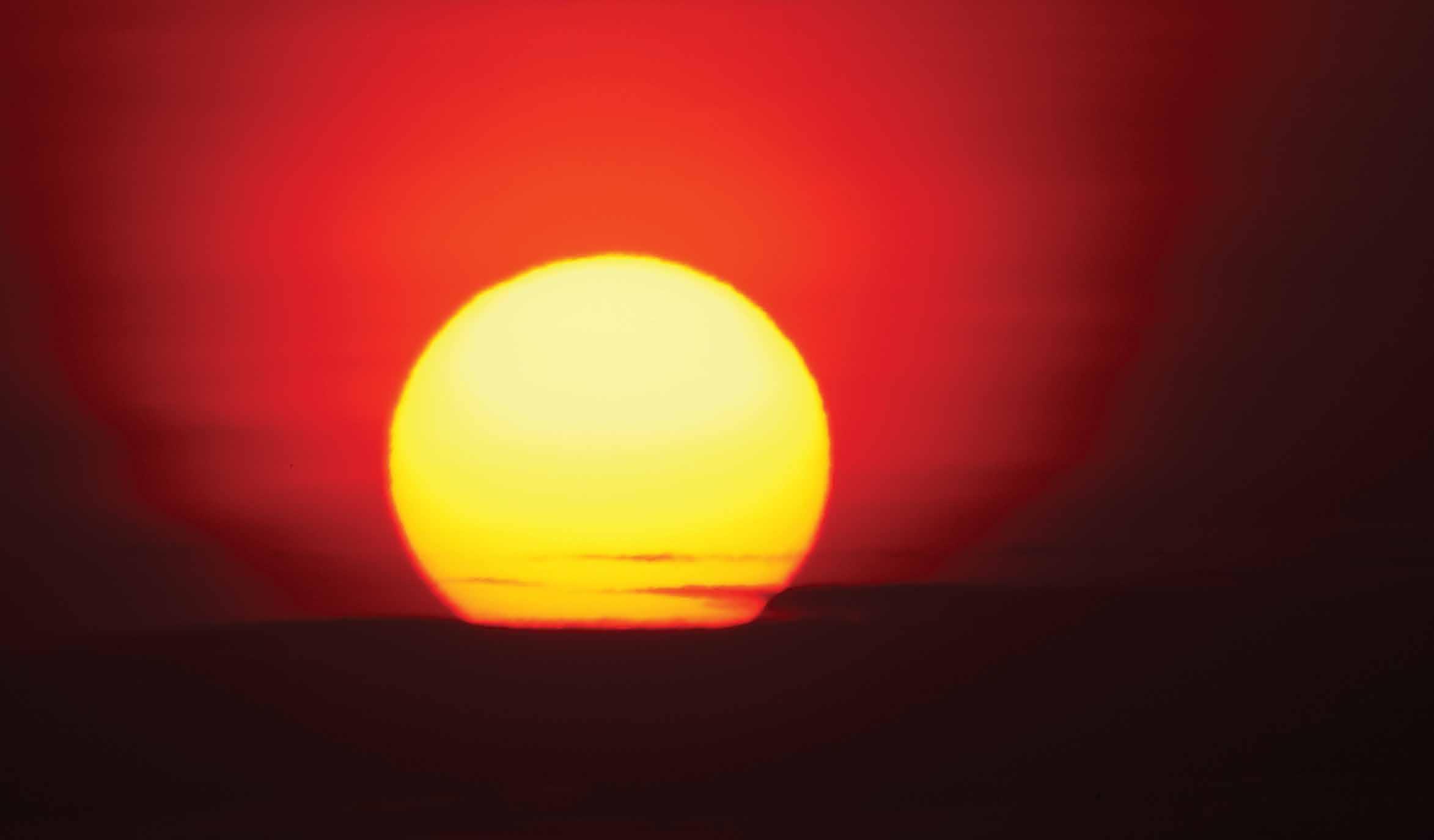
‘Probably the biggest challenge facing researchers in our field is choosing which of the many fascinating areas to work on’
To start, please mention some of the types of scientific research that fall under the category of Space Physics and Aeronomy.
Researchers within the SPA section study a wide range of processes that link the solar interior all the way down to the Earth’s upper atmosphere. Many, but not all, of these processes involve fundamental plasma physics, including magnetic reconnection, particle acceleration, and the generation of plasma waves. Given the immense breadth of the topics involved, the SPA section is divided into three subdisciplines. The Solar and Heliospheric subsection studies tremors within the Sun (helioseismology), transient solar brightenings known as solar flares that are often associated with the ejection of vast blobs of solar plasma known as Coronal Mass Ejections, Solar Energetic Particle (SEP) events, and the macro- and micro-structure of the solar wind. The Magnetospheric subsection studies the response of the magnetospheric bubble carved out by the Earth’s magnetic field to structures in the oncoming solar wind, including the microphysics of magnetic reconnection, the geomagnetic substorms that result in brilliant night-side auroral displays, and the processes that conspire to drive highly disruptive geomagnetic storms. Amongst other topics, the Aeronomy subsection considers the effects of magnetospheric particles precipitating into the upper atmosphere, the processes that create aurora, the structure of the ionosphere and its effects upon radio communication, and waves in the Earth’s upper atmosphere.
Many of the problems studied by researchers within the SPA section have practical applications in the rapidly developing field of Space Weather. Radiation in the form of SEP events in interplanetary space can harm astronauts on the way to, from, or at, the Moon or Mars. Radiation in the Van Allen belts poses a constant threat to the operations of communication and other spacecraft. This is particularly true during geomagnetic storms, prompting efforts to predict the occurrence of these hazardous events on the basis of numerical simulations employing observations of the Sun and solar wind as input. Disturbances within the ionosphere disrupt radio communications and Global Position System navigation, and can cause the complete collapse of power grids, as in the famous Hydro-Quebec outage of March 13, 1989. Variations in thermospheric properties can enhance drag and hasten the end of low altitude spacecraft missions.
The potential effects of space weather are so serious that they led to the recent (October 2015) release of a ‘National Space Weather Strategy’ by the National Science and Technology Council within the Office of Science and Technology Policy, outlining a series of urgent tasks for 7 United States governmental departments and 13 agencies.
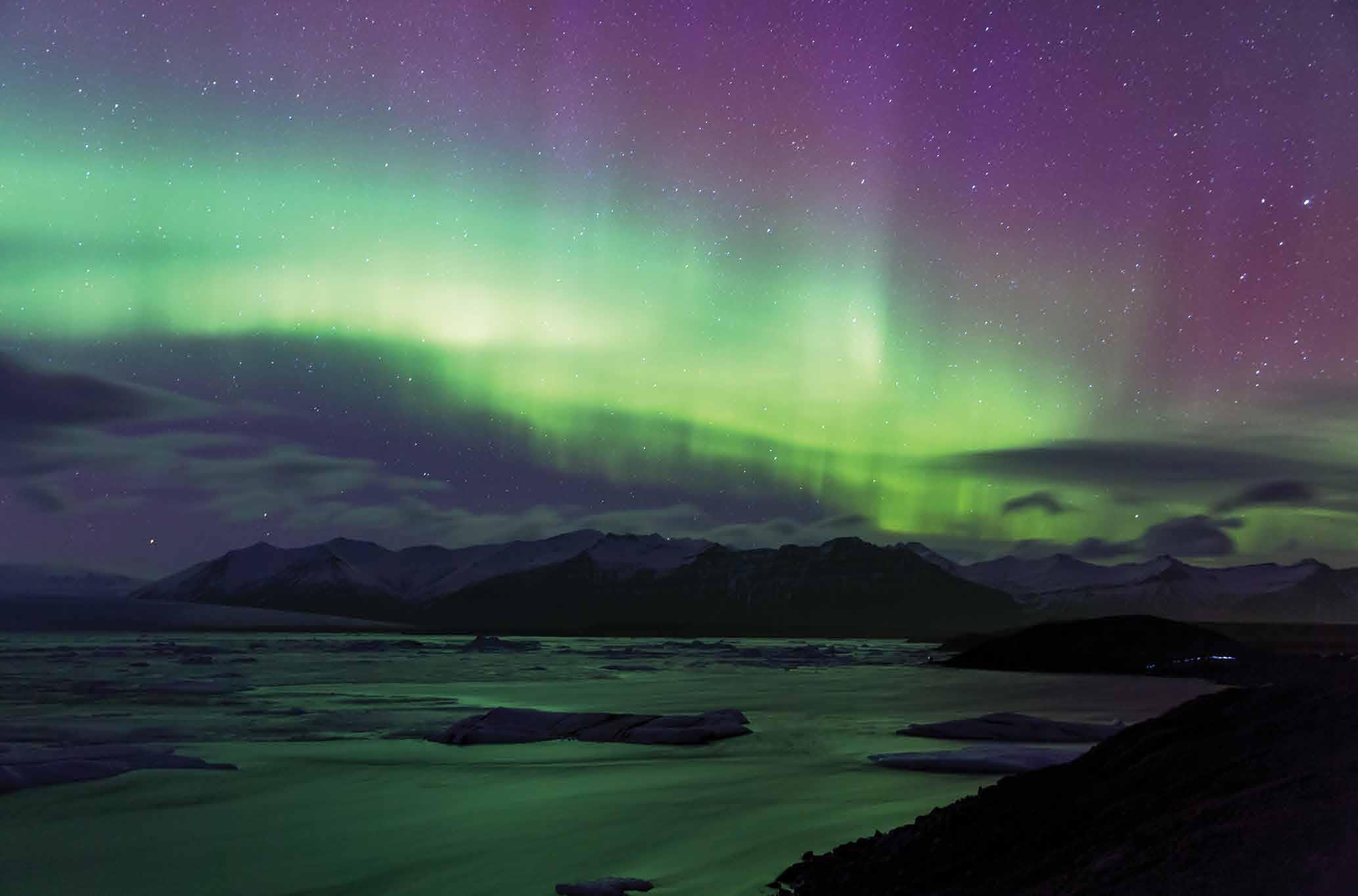 What are the ways in which solar storms and other space weather events could affect our day-to-day lives? Describe one or two projects that the AGU’s SPA section is currently involved with to predict and mitigate the effects of a space weather disaster.
What are the ways in which solar storms and other space weather events could affect our day-to-day lives? Describe one or two projects that the AGU’s SPA section is currently involved with to predict and mitigate the effects of a space weather disaster.
Although they can go unrecognised, space weather events affect our daily lives in many ways. Solar flares can cause radio communication blackouts. During intense SEP events, airlines reroute flights over the polar caps to lower latitudes to avoid passenger and crew exposure to radiation entering the Earth’s atmosphere. The flights take longer and there is a financial cost. Ionospheric storms and scintillations can cause errors of tens of metres in GPS-determined locations, an effect that can become important when landing aircraft during periods of low visibility. More extreme space weather events could disrupt communications or terrestrial weather observations by causing spacecraft to fail and disrupt electrical power grids at high latitudes. Currents induced by space weather effects enhance corrosion in high latitude oil pipelines.
Researchers within the AGU’s SPA section seek to understand and predict all of these space weather phenomena. They are developing first-principle physics based and empirical models to predict when SEP events will occur, the degree of ‘hardening’ required for prolonged spacecraft operations within the Van Allen radiation belts, the conditions under which GPS navigation can become hazardous, and the locations where power grids might be disrupted.
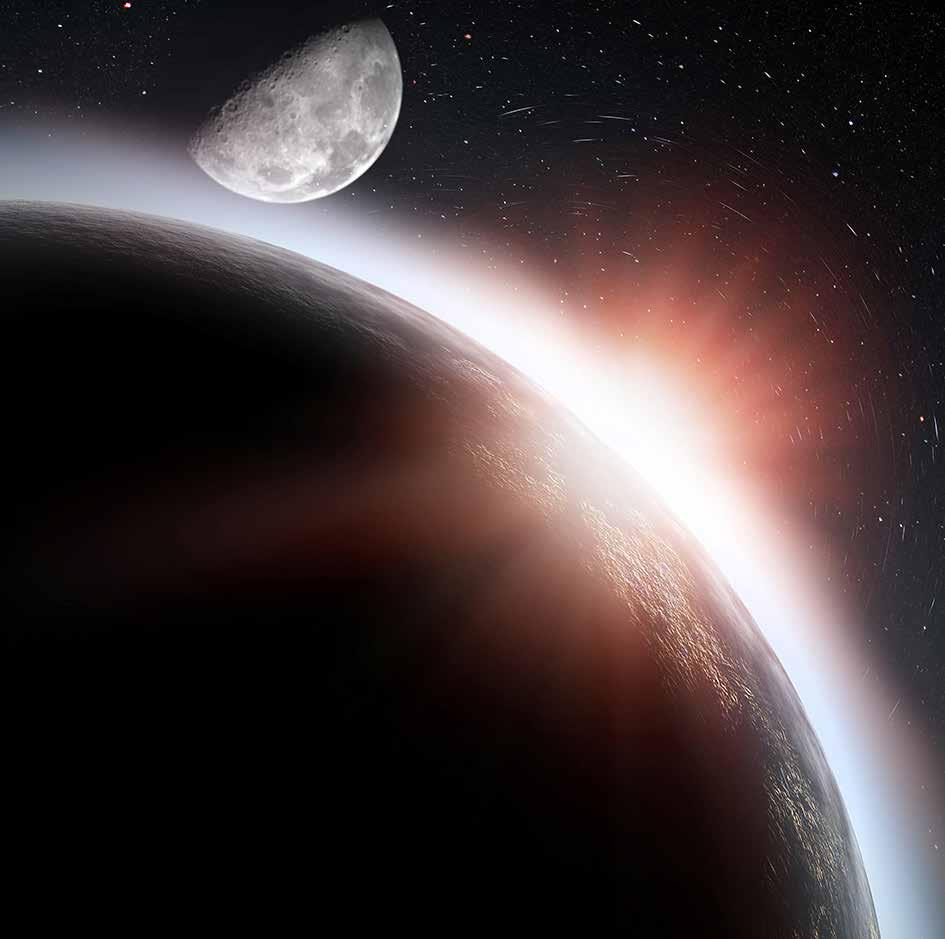 How does the AGU’s SPA section work with policy makers to help us prepare for a devastating space weather event?
How does the AGU’s SPA section work with policy makers to help us prepare for a devastating space weather event?
Scientists and engineers within the AGU’s SPA section develop the empirical and first principle models needed to predict when space weather events will occur and the extent of the damage that they can cause. SPA section scientists serve on panels advising policy makers and are frequently called to testify and provide expert advice before the United States Congress. The AGU publishes a journal ‘Space Weather’ devoted to this topic and intended for a broad range of readers.
As a NASA scientist, you have been involved in many fascinating projects, including THEMIS and the Van Allen Probes mission. Please tell us a little about these projects, and the AGU’s involvement.
I have been thrilled to serve as Mission Scientist for both the THEMIS and Van Allen Probes mission, helping to set the scientific objectives and encouraging researchers to extract the maximum information from both missions. Launched in 2007, THEMIS originally comprised five identical spacecraft in orbit around the Earth and an array of ground magnetometers and imagers look up at the night side aurora. In conjunction with the ground stations, the multiple spacecraft were used to separate spatial from temporal effects, a task needed to determine the magnetospheric origins of geomagnetic substorms and corresponding auroral brightenings. With that objective successfully completed, two of the spacecraft were repurposed and sent into orbit about the Moon, where they study the lunar environment to this day. The other three spacecraft continue to operate within the near-Earth magnetosphere, addressing a vast array of questions related to the nature of the solar wind–magnetosphere interaction.
Launched in 2012, the two Van Allen Probes spacecraft operate deep within the hazardous environment of the radiation belts. They carry comprehensive instrument packages to measure charged particles from energies of only 10 electron volts to those greater than 1,000,000,000 electron volts and both the AC and DC electric and magnetic fields in Earth’s vicinity to provide information about the complex web of processes that energise, transport, and remove radiation belt particles from Earth’s environment. The near-real time measurements that the space weather beacons on these spacecraft return in partnership with ground stations in a host of countries are provided free to the public and are being integrated into state of the art models that forecast conditions within the radiation belts.
The AGU is deeply involved in these missions and many more. AGU meetings are the places where we meet our colleagues, formulate plans to propose new missions, present initial results, try out our hypotheses, and find the best young scientists to come work with us. The AGU publishes our results in their technical journals and comprehensive monographs, and publicises our results in their EOS journal, which attracts a more general readership. It’s a great partnership.
Finally, what do you see as the biggest challenges currently facing the field of Space Physics and Aeronomy?
I’m rather optimistic about the future of Space Physics and Aeronomy. Our field addresses both fundamental physical problems and problems with societal consequences. We have been and are fortunate in having a series of dedicated managers at all of our funding agencies in the United States who have the vision needed to plan for the future, who work in close partnership with each other, and who listen to our community.
Space is a big place. We all recognise the need for studies involving the cooperation of multiple agencies and nations, including careful planning and data sharing. There are exciting missions coming up like NASA’s Solar Probe Plus and the European Space Agency (ESA)’s Solar Orbiter that will delve deep into the solar atmosphere and study the solar wind, the joint ESA and Chinese Academy of Sciences mission SMILE to view the Earth’s magnetosphere in soft X-rays, and revolutionary new arrays of ground observatories like TREx that will comprehensively instrument the Canadian Arctic, thereby enabling detailed studies of the aurora and substorms. With the advent of cubesats, we have opportunities for more frequent missions carefully tailored to solve specific tasks, for example the recently selected NASA/Brazil SPORT mission to study the ionospheric space weather phenomena that disrupt communications at low latitudes. NASA’s Explorer mission ICON will launch later this year to understand the interface between Earth’s atmosphere and space. Dramatic advances in computing power make it possible to envisage real time space weather forecasting with increasingly realistic state of the art simulations.
It really is a great time to be a researcher in our community. Probably the biggest challenge facing researchers in our field is choosing which of the many fascinating areas to work on.

